A Little Dirt Won’t Hurt
Leave a bit of dirt to shelter native bees!
by The Bees Waggle
Last week I wrote about the importance of adding forage (flowers) to your yard. Shelter is another provision can easily met for various species of bees. Keeping native bees is very simple, just add a few things to your yard, and sit back and watch the changes occur!
70% of native bees nest underground, and the others nest in plant material, whether it be hollowed out stems or dead wood.
Ground nesting bees will look for bare patches of soil or sand, and begin digging tunnels. These tunnels will then soon be filled with many egg cells developing into adult bees destined to emerge the following spring. It is ideal they are able to find nesting sites near food, as most native bees do not travel far from home to collect nectar and pollen (most only fly between 200-1500ft to forage).
Providing shelter for these ground-burrowing bees is simple! Just leave soil bare; under bushes, trees, and other plants. Skip the mulch and watch residents occupy those spaces.
Twig-nesting bees nest is in hollowed out stems or deserted holes. Easy ways to provide shelter for these bees is to have a bee house with reeds or wooden trays/blocks with appropriate sized holes for them to nest in. You can also leave stems which are naturally hollow until the following summer, to ensure any nesters emerge before you remove the dead plant material from your landscape.
Other bees will nest in dead wood, by carving nesting holes into it, and using sawdust to partition individual egg cells from each other. So placing logs in your garden, near flowers would be wonderful for these bees.
Some additional provisions include mud, sand, and leaves. Many bees will love a pile of dirt, as they will use mud to create partitions between egg cells, such as is displayed in the image below. Other burrowing bees may prefer a sand supply to partition egg cells, which would also look very similar to the image below.

Others might use half-moon shaped pieces of leaves or pedals from surrounding lilac bushes, peonies, or rose bushes to form egg cells as seen below. Not to worry, your flowering plants will be okay despite the missing pieces of leaves; these bees only take exactly what they need, and this never equates to a destroyed plant.
Adding shelter for native bees doesn’t commit you to any more beekeeping activity than you already do. Providing shelter is an essential part of sustaining, and even boosting, native bee populations. Once you have taken the steps to add forage and shelter, you can sit in your yard and enjoy the activity of these interesting species from spring to fall!
Cheers to an essential movement to save our bees!
Jess

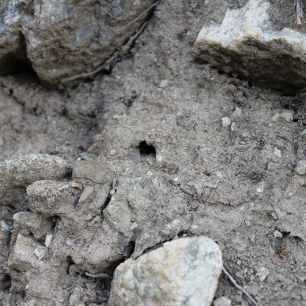

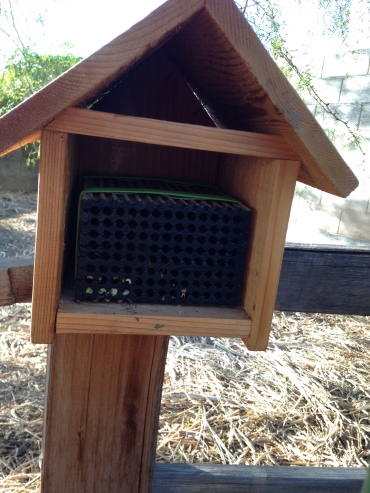
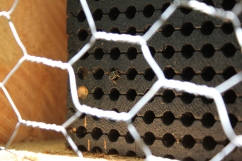
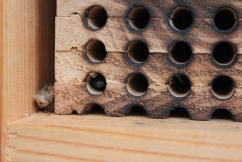
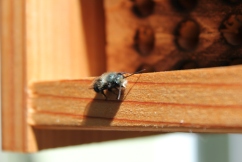
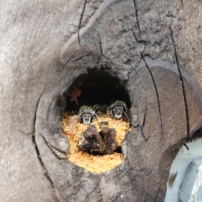




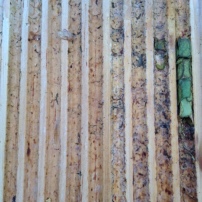


Leave a Reply
Want to join the discussion?Feel free to contribute!